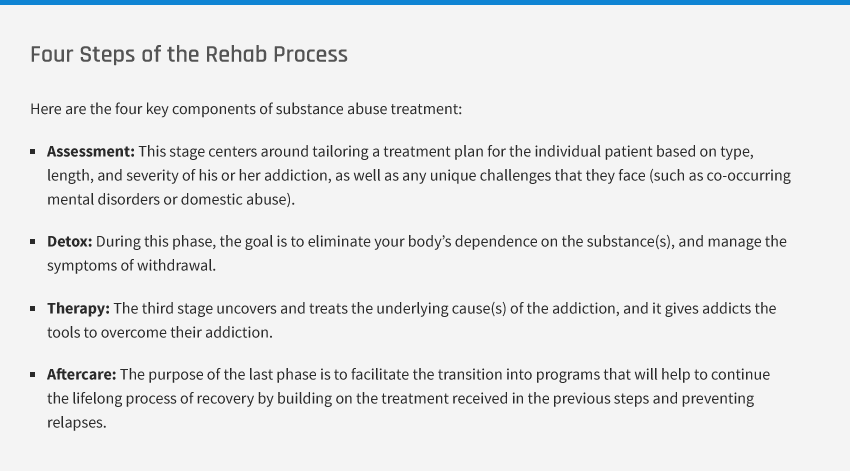The Vicodin addiction recovery process typically includes a short-term detoxification process, which is when the substance is eliminated from the user’s body. Vicodin has a relatively short half-life of 3.8 hours, which means about half of it is eliminated from the body in this timeframe. During this initial detoxification process, the user may experience some physical and psychological symptoms of withdrawal. Most of the Vicodin should be eliminated within 24 hours, but it may take longer if the individual is a chronic user.
Following this initial detoxification process, it may take several weeks for withdrawal symptoms to cease. When symptoms last longer than two weeks, they are referred to as post-acute withdrawal symptoms. These symptoms may last up to a year after the individual stops taking Vicodin. The length of the withdrawal process depends on several factors, including whether the individual was a casual or chronic user and how long the individual has been taking Vicodin.
Withdrawal Symptoms
Vicodin withdrawal puts users at risk of sudden death
Although many Vicodin withdrawal symptoms are simply unpleasant, others can be dangerous. The vomiting and diarrhea that sometimes occur during the detoxification process can lead to dehydration, a condition in which the individual has an imbalance of fluid and electrolytes. Dehydration is treatable, but if the individual is unable to call for help, it can lead to dangerously high sodium levels. An extremely high sodium level can cause heart failure and even death.
Stress cardiomyopathy has been linked to opioid withdrawal
Multiple cases of stress cardiomyopathy have been reported in association with opioid withdrawal, causing severe dysfunction of the left ventricle. The left ventricle pumps oxygen-rich blood to the other organs, so any functional impairment can cause heart-related complications or increase the risk for premature death.
Some users experience seizures or seizure-like activity while withdrawing from Vicodin and other opioids
Withdrawing from Vicodin may increase the amount of activity in the brain, resulting in an elevated risk of seizures. Falling while having a seizure can lead to fractures, head trauma, and other injuries, making the withdrawal process even more dangerous.
Vicodin overdose is more likely during the withdrawal process
Some users relapse during the Vicodin withdrawal process, making it more likely that they’ll overdose. The reason the risk of overdose increases is because a user’s tolerance to Vicodin decreases after several days without using the substance. During a relapse, the user may take a large dose of Vicodin, expecting to experience a pleasurable high. The body isn’t used to the higher dose, causing overdose to occur in some users.
Vicodin Detoxification Medications
Supportive medications may be used to relieve the symptoms of Vicodin withdrawal, making users more comfortable during the detoxification process. For individuals who experience insomnia, promethazine and temazepam may be used to induce sleep. Metoclopramide and prochlorperazine are sometimes used to control nausea and vomiting. In some users, quinine sulfate is effective for treating abdominal cramps caused by Vicodin withdrawal; it’s also possible to manage abdominal cramps and diarrhea with propantheline or loperamide. Finally, nonsteroidal anti-inflammatory drugs can be used to relieve headaches and other pains.
For more information about withdrawal, read our guide on Vicodin addiction.


